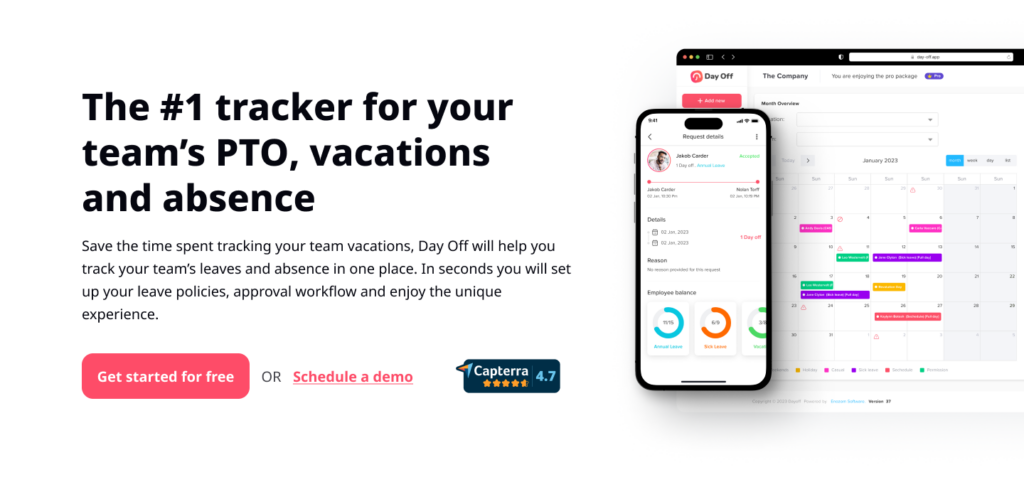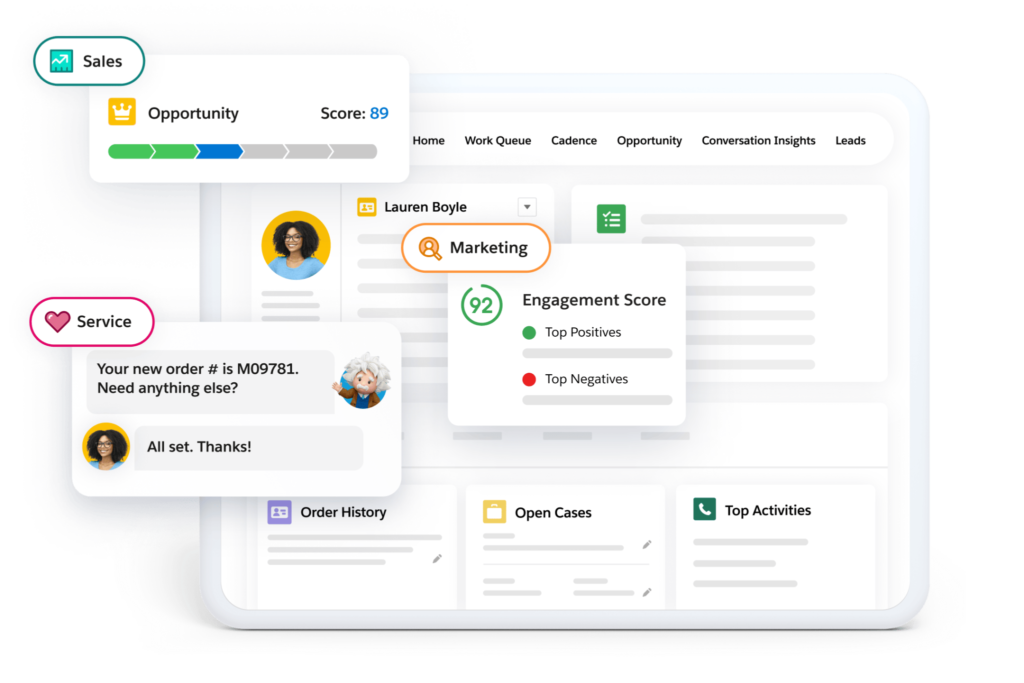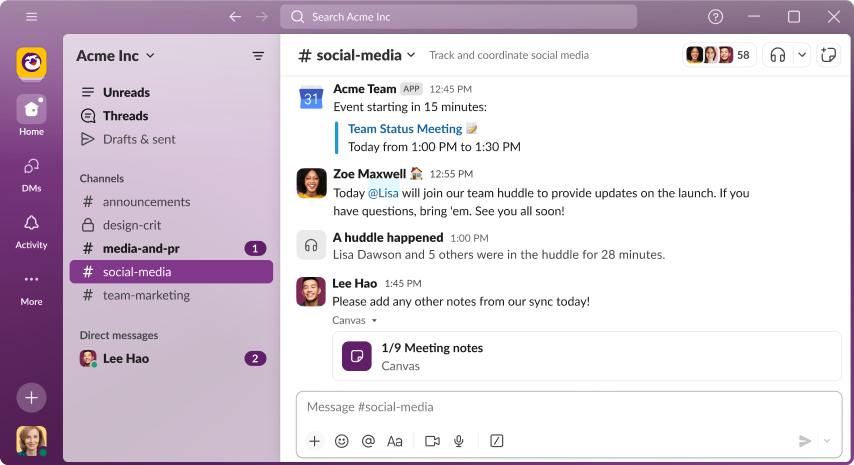As we step into 2024, the Software as a Service (SaaS) landscape continues to evolve, presenting new opportunities for entrepreneurs and businesses. In this article, we’ll explore the top 10 SaaS business ideas that are poised to make a significant impact in the upcoming year. These ideas are selected based on current technology trends, market demands, and the potential for growth.
Understanding SaaS
SaaS, or Software as a Service, is a software distribution model in which applications are hosted by a third-party provider and made available to customers over the internet. This model contrasts with the traditional method of purchasing software, installing it on individual computers, and maintaining it with updates and patches.
Key Characteristics of SaaS
- Cloud-Based: SaaS applications are hosted in the cloud. Users access them via the internet, eliminating the need for installing and running applications on individual computers.
- Subscription Model: SaaS typically operates on a subscription basis, where users pay a recurring fee to access the software. This can range from monthly to annual payments.
- Accessibility: Being cloud-based, SaaS applications can be accessed from anywhere with an internet connection, offering flexibility and mobility to users.
- Automatic Updates: The SaaS provider manages software updates and upgrades, ensuring that all users have access to the latest version without additional costs or effort.
- Scalability: SaaS solutions are highly scalable, allowing businesses to increase or decrease their usage based on current needs without significant infrastructure changes.
- Cross-Device Compatibility: Most SaaS applications are designed to be compatible across various devices, including desktops, laptops, tablets, and smartphones.
Advantages of SaaS
- Cost-Effective: Reduces upfront costs of software purchases and ongoing maintenance.
- Ease of Use and Maintenance: Users don’t need to worry about installation, maintenance, or updates.
- Flexibility and Scalability: Easily adaptable to changing business needs.
- Accessibility: Accessible from any location, facilitating remote work and collaboration.
Disadvantages of SaaS
- Dependency on Internet Connectivity: Requires a stable internet connection for access.
- Data Security Concerns: Reliance on the provider for data security and compliance.
- Limited Customization: Some SaaS applications may offer limited customization compared to on-premise solutions.
Common Examples of SaaS
- CRM Systems (e.g., Salesforce)
- Productivity Tools (e.g., Microsoft Office 365, Google Workspace)
- Project Management Software (e.g., Asana, Trello)
- Email Services (e.g., Gmail)
- Accounting Software (e.g., QuickBooks Online)
Top 10 SaaS Business Ideas
1. AI-Powered Customer Service Platforms
With advancements in artificial intelligence, SaaS platforms that offer AI-driven customer service are becoming increasingly popular. These platforms can automate responses, analyze customer sentiment, and provide personalized support, enhancing the overall customer experience.
2. Remote Work Management Tools
The shift to remote work has created a demand for tools that facilitate collaboration, project management, and communication. SaaS solutions that integrate these functionalities in a user-friendly manner are likely to see increased adoption.
3. Health and Wellness Applications
As health consciousness rises, SaaS platforms focusing on wellness, mental health, and fitness tracking are gaining traction. These platforms can offer personalized health plans, track progress, and provide insights based on user data.
4. E-commerce Optimization Tools
E-commerce businesses are seeking ways to enhance their online presence and sales. SaaS tools that provide analytics, customer behavior insights, and optimization strategies for e-commerce platforms can be a lucrative area.
5. Cybersecurity and Compliance Solutions
With cyber threats on the rise, there is a growing need for SaaS solutions that ensure data security and compliance with regulations like GDPR and HIPAA. These platforms can offer real-time monitoring, threat detection, and compliance management.
6. Educational and E-Learning Platforms
The e-learning market is expanding rapidly. SaaS platforms that offer course creation tools, learning management systems, and interactive educational content have significant potential in both academic and corporate training environments.
7. Sustainable Business Management Tools
There is an increasing focus on sustainability in business operations. SaaS platforms that help companies track and reduce their carbon footprint, manage waste, and implement sustainable practices can tap into this growing market.
8. Financial Management and Fintech Solutions
Financial management remains a critical aspect for both individuals and businesses. SaaS platforms offering budgeting tools, investment insights, and seamless integration with banking services are expected to be in high demand.
9. IoT and Smart Home Integration Platforms
With the proliferation of IoT devices, there is a need for platforms that can integrate and manage these devices efficiently. SaaS solutions offering centralized control for smart homes and businesses could see significant growth.
10. Augmented Reality (AR) and Virtual Reality (VR) Development Platforms
As AR and VR technologies become more mainstream, there is a growing need for platforms that allow businesses to create and deploy AR/VR experiences easily. SaaS platforms offering these capabilities could find a niche market in various sectors, including real estate, education, and entertainment.
list of top SaaS platforms for 2023
1. Day Off Leave Tracker

Sector: Human Resource Management
Why It Stands Out: Day Off Leave Tracker streamlines the process of managing employee leave requests and approvals. It offers an intuitive interface where employees can request time off, view their leave balance, and track their leave history. For managers, it simplifies leave management, providing a clear overview of team availability and ensuring compliance with company policies and labor laws.
2. Salesforce

Sector: Customer Relationship Management (CRM)
Why It Stands Out: Salesforce is a leader in CRM, offering a robust platform for sales, marketing, customer service, and more. It’s highly customizable and integrates well with various systems, making it adaptable for businesses of any size.
3. Slack

Sector: Communication and Collaboration
Why It Stands Out: Slack has changed how teams communicate, providing a platform that supports both real-time and asynchronous collaboration. Its integration capabilities with other tools make it a central hub for workplace communication, especially for remote and hybrid teams.
4. Canva

Sector: Graphic Design
Why It Stands Out: Canva democratizes graphic design, making it accessible to non-designers and professionals alike. With a vast library of templates and an easy-to-use interface, Canva enables users to create professional-quality designs with minimal effort.
5. Zoom

Sector: Video Conferencing
Why It Stands Out: Zoom is a leading video conferencing tool known for its reliability and high-quality video and audio. It’s become essential for businesses, schools, and personal use, especially in an era where remote interactions are more common.
These platforms represent the diversity and innovation within the SaaS industry, each excelling in their respective fields by meeting specific needs through user-friendly designs and advanced features.
Conclusion
These top 10 SaaS business ideas for 2024 highlight areas with high growth potential. Entrepreneurs and businesses looking to venture into the SaaS space should consider these trends while also keeping an eye on emerging technologies and market shifts. The key to success in the SaaS industry lies in understanding customer needs, leveraging cutting-edge technology, and delivering value through innovative solutions.
